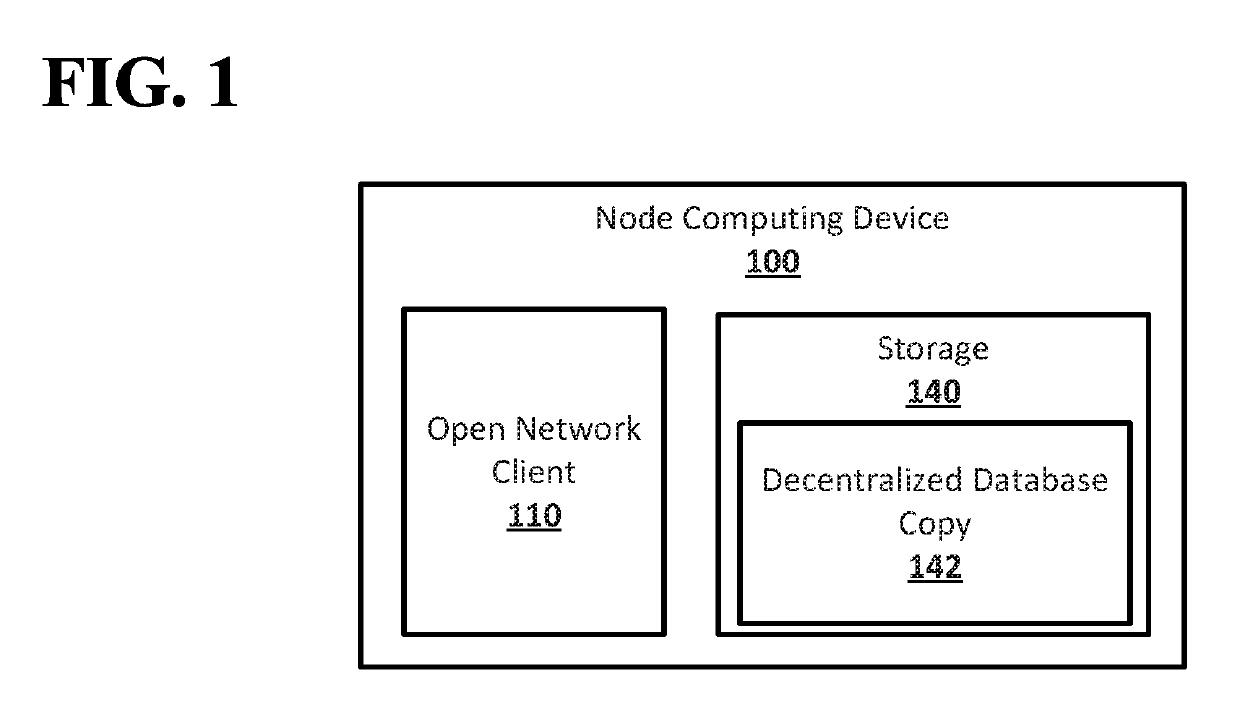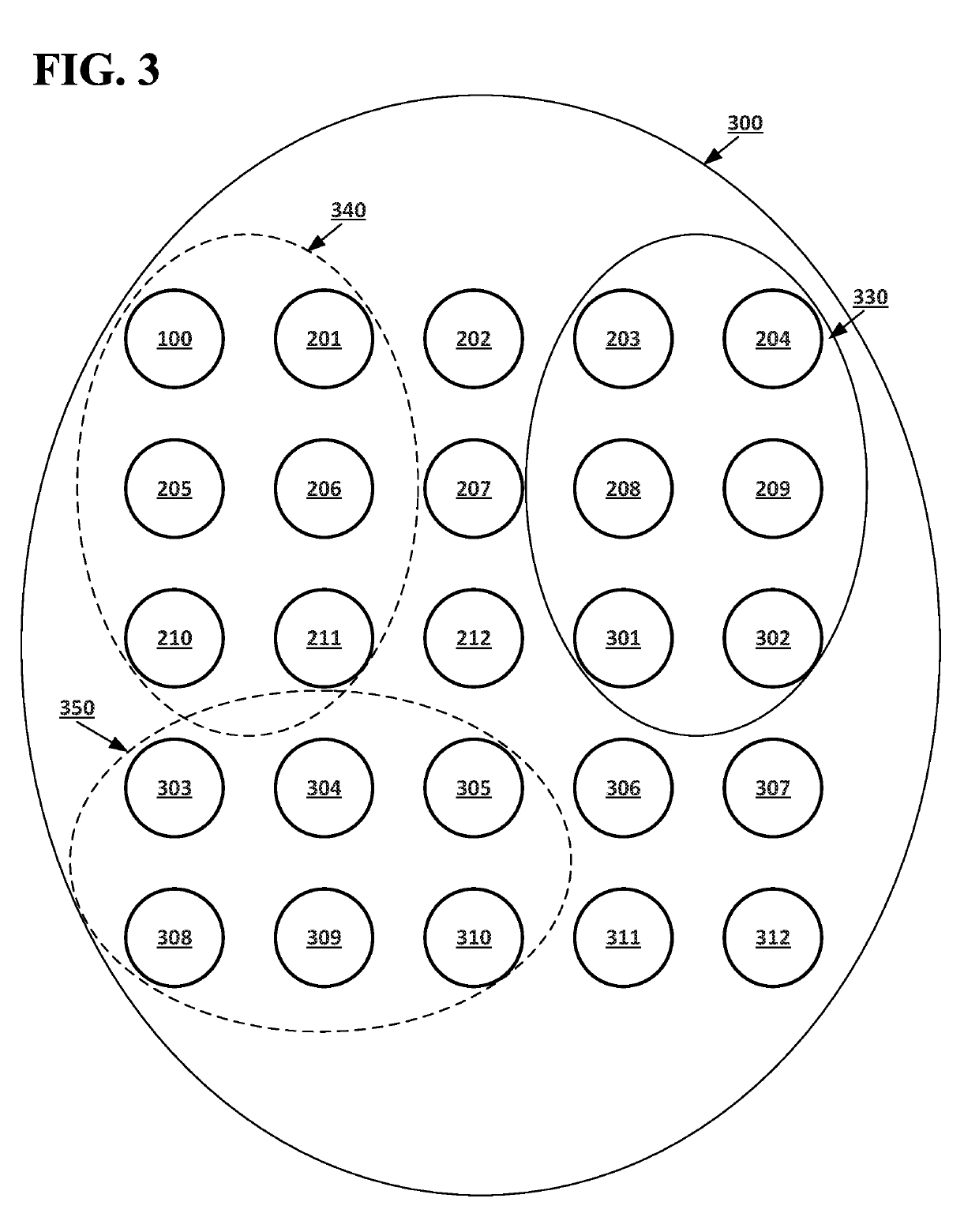Byzantine agreement in open networks
a technology of open networks and byzantine agreements, applied in the field of byzantine agreements in open networks, can solve the problems of network failure to come to a consensus, slow database change rate, resource intensive processing,
- Summary
- Abstract
- Description
- Claims
- Application Information
AI Technical Summary
Benefits of technology
Problems solved by technology
Method used
Image
Examples
Embodiment Construction
[0020]According to embodiments disclosed herein, Byzantine agreement in open networks may allow for computing systems in an open network of computing to agree on the last changes made to a decentralized database of the open network before making changes to which computing systems of the open network belong to a validation network for the open network without exposing the open network to control by a malicious actor or risking a situation where an agreement on the last changes made to the decentralized database, resulting in the open network becoming stuck. An open network may include computing system which store a decentralized database. Unknown computing systems may be able to join the open network, and computing systems that are part of the open network may drop out of the open network. Communication between different computing systems in the open network may be blocked at various times. The computing systems in the open network may select a subset of the computing systems to serv...
PUM
 Login to View More
Login to View More Abstract
Description
Claims
Application Information
 Login to View More
Login to View More - R&D
- Intellectual Property
- Life Sciences
- Materials
- Tech Scout
- Unparalleled Data Quality
- Higher Quality Content
- 60% Fewer Hallucinations
Browse by: Latest US Patents, China's latest patents, Technical Efficacy Thesaurus, Application Domain, Technology Topic, Popular Technical Reports.
© 2025 PatSnap. All rights reserved.Legal|Privacy policy|Modern Slavery Act Transparency Statement|Sitemap|About US| Contact US: help@patsnap.com



